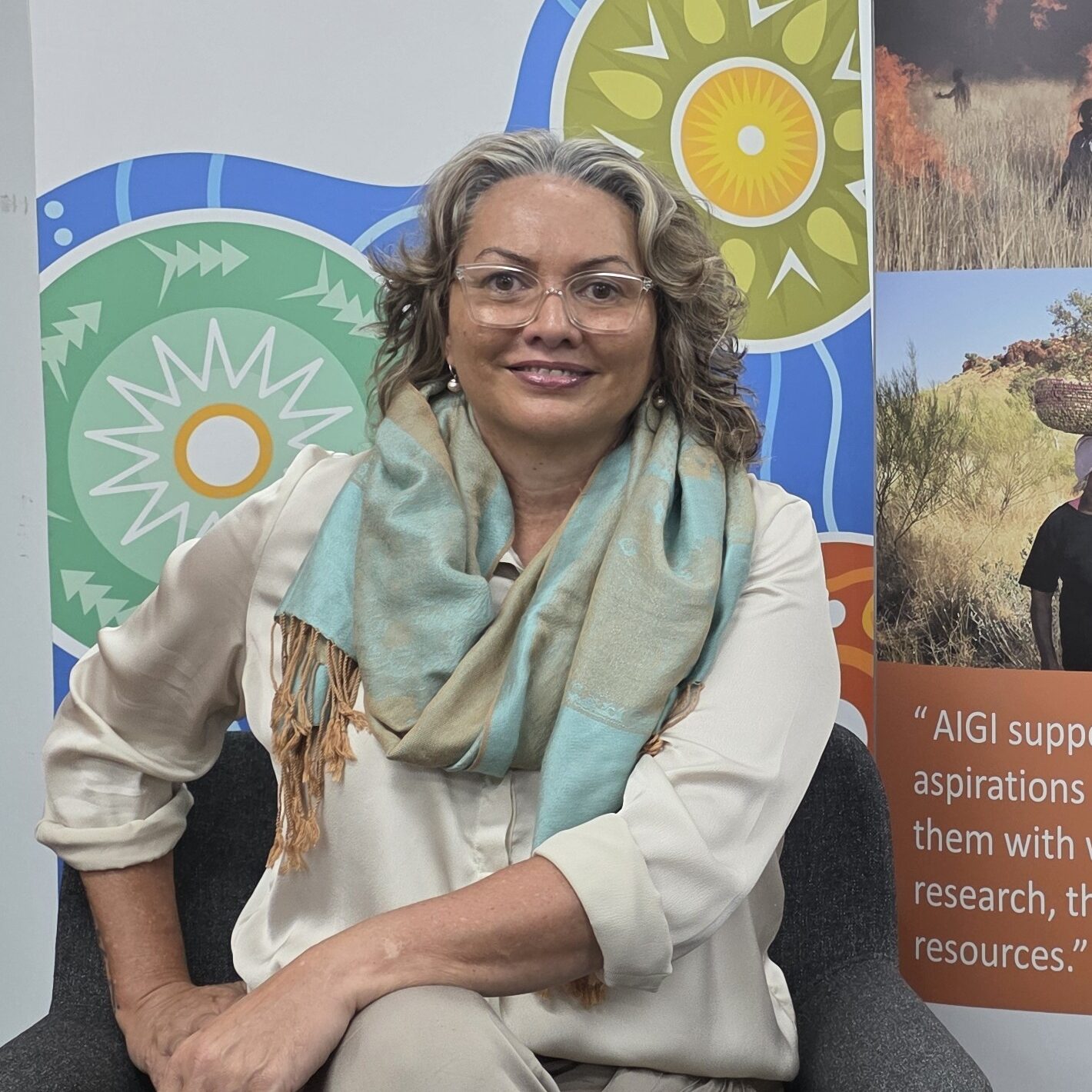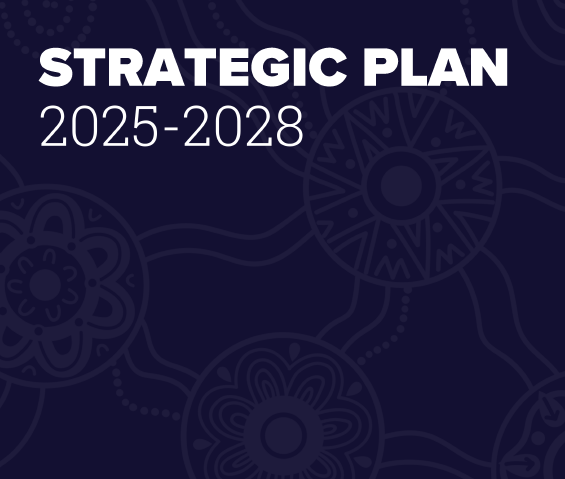Robe River Kuruma Aboriginal Corporation (RRKAC) is the representative body for the Robe River Kuruma (RRK) People across the Pilbara region of Western Australia For over 30,000 years, the RRK People have cared fo...
‘Two-way governance’ approach at Ali Curung

It is important that groups consider ‘two-way’ governance when peacemaking. The aim of two-way governance is to develop governance arrangements that achieve a workable balance between cultural legitimacy and maximising self-determination with following any rules and regulations of wider society.
Women from Ali Curung in the Northern Territory developed a series of paintings which they used to explain to other communities how family violence and community law and justice issues are dealt with at Ali-Curung. One painting was called Two Ways: Yapa and Kardiya Ways. It depicts the Aboriginal dispute-resolution process at Ali Curung in the Northern Territory.
The Kurduju Committee explain:
“The left side of the painting represents the Yapa [Aboriginal] dispute resolution process. Community organisations are represented by three circles arching over the one larger centre circle, representing a community meeting. The two bottom circles represent Elders and Traditional Owners. These two groups act as adjudicators and provide legitimacy to the decision-making processes. The right side of the painting describes the Kardia [non-Aboriginal] criminal justice process. The painting depicts a Judge, the Secretary, Jury, Prosecutor, Defence Lawyer, the troublemaker and members of the public.”
-Kurduju Committee, 2001.2Toni Bauman, Juanita Pope, David Allen, Margaret O’Donnell and Rhiân Williams, Federal Court of Australia’s Indigenous Dispute Resolution & Conflict Management Case Study Project, Solid work you mob are doing: Case studies in Indigenous dispute resolution & conflict management in Australia, report to the National Alternative Dispute Resolution Advisory Council (Barton, ACT: National Alternative Dispute Resolution Advisory Council, 2009), 85.








.png)

